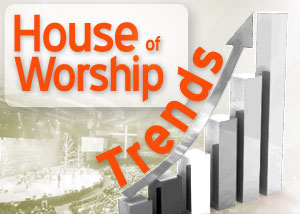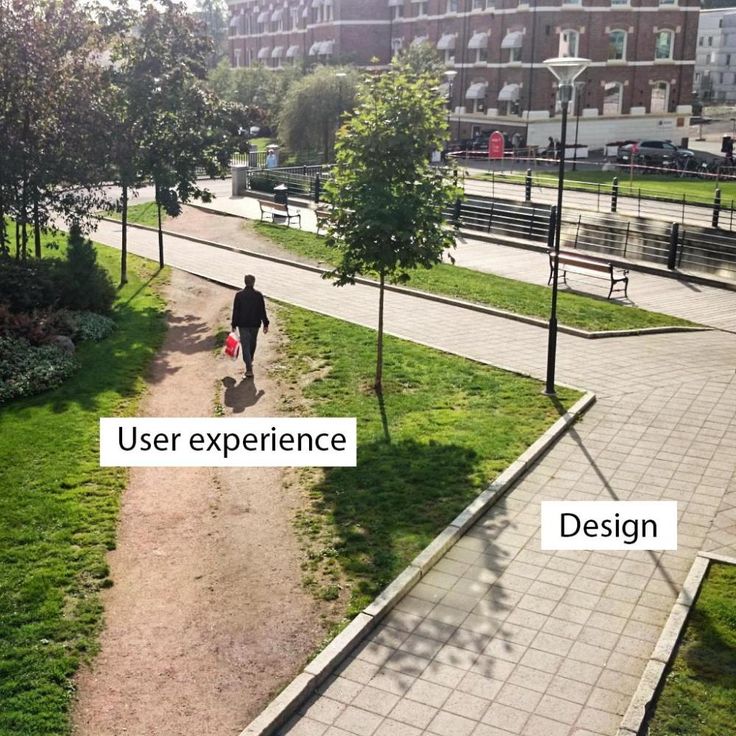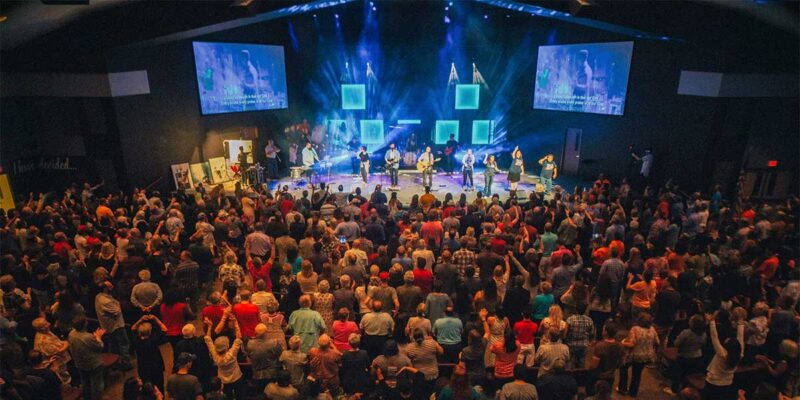Designing Audio, Video and Lighting Systems for the Church User’s Experience
 The reaction from the senior pastor — interrupted mid-sentence by the unmistakable, squealing shriek of audio feedback — was immediate. As he stood who staring up from the stage below to where I stood behind the audio console above, his backlash was swift and sharp. An audible sigh, amplified for all 2,000 seats to hear, was followed by words that both scalded and pierced my soul: “What are you doing up there?”
The reaction from the senior pastor — interrupted mid-sentence by the unmistakable, squealing shriek of audio feedback — was immediate. As he stood who staring up from the stage below to where I stood behind the audio console above, his backlash was swift and sharp. An audible sigh, amplified for all 2,000 seats to hear, was followed by words that both scalded and pierced my soul: “What are you doing up there?”
Holding one part of the headphones to pull it up to my ear to solo a channel, I had inadvertently been standing on the headset cable and felt the headphones rip away from my fingers by the tension of the cable. In a fraction of a second, the headset recoiled and flew toward the audio console and landed in the one place that spelled disaster as it pushed the master faders all the way up to their maximum output.
In an instant, the only open input — the pastor’s mic — was maxed out, which caused a feedback loop and had church attendees covering their ears. The whole terrible sequence of cascading events took less than two seconds before I recovered and pulled the faders down, but in those two moments, a distrust instantly formed in my pastor; I would not mix again during the remaining few months of my tenure.
Experiencing the User Experience
No amount of technology could have prevented that accident. The lesson to be taken from that fateful day, however, is not about mixing acumen but that of the user experience, something at a ripe age of 22 I had limited time to develop. Training could have easily prevented me from making the mistake, but I was unaware of the concept of aligning my workflow to create a seamless user experience for the church attendees. Likewise, I had not been given enough training in how to build a user experience for myself as I stood behind the 48-channel audio console.
There’s power in experiences: Some, like mine, are painful while others are enjoyable and rewarding. Though the basic science of mixing audio for a live venue is similar across vertical markets, it is helpful to understand what it is like to sit in the hot seat of the church technical artist. Indeed, for any manufacturer selling their products and services into the House of Worship (HoW) market, there is value in deeply understanding their unique use cases so that the product’s value proposition can be aligned by marketing to the church buyer. This alignment gives the church buyer helpful resources, recommended settings or even downloadable firmware to utilize the gear in a church environment.
Most marketing to the HoW market pitches the idea of delivering quality experiences to the congregant in a generic way. What church buyers want is a confirmation that your products and services will meet both the technical needs and the church leadership’s felt needs. That’s not generic; that’s specific. Considering that the technical artists are only influencers in the purchasing process, it is helpful to have a two-pronged approach to marketing products; one that is aimed at the technical end user and one that is aimed at the non-technical church person with purchasing authority. Focusing on the outcomes becomes far more important than bullet point lists of technical specifications, as it aligns the product’s capabilities with the church’s desired expectations.
Both manufacturers and system integrators serving the HoW market would do well to solicit critical feedback from existing church clients on the user experience for technical artists and their volunteers.
In this way, new versions of the product (and product marketing) can address the common sticking points of the market with more intuitively designed firmware updates, graphical user interfaces (GUIs), and support resources (training seminars, videos, product release notes).
Vertical Markets Need Vertical Workflows
One of the key selling points for integrated systems is in the user workflow. Advances in touch-screen controls for mixing consoles, video switchers and lighting controllers has allowed for vastly streamlined workflows. What works well for one vertical market application may not work nearly as well for the average church, so it becomes a key selling (and operational) point to provide customized workflows and editable/shareable user presets not only for individual controls but for the overall user experience.

User experience always beats design.
Years ago, I worked with NewTek on a new product that would later win a technical Emmy award. Meeting with their leadership team of engineers, I gave them the ideas for creating a unique GUI for church users of the new product, a portable video switcher meant for portable church applications, on-site wedding videographers, amateur sports leagues and the like. One of my key recommendations, which they employed, was to change the labeling of video tape players and recorders as “VTR” to “DVR.” The layperson would never know that VTR was common parlance in the professional video world for Video Tape Recorder, but they would all be familiar with TiVo (the hot digital video recorder at the time). Other changes were to relabel “Preview” and “Program” video views with “Next” and “Live,” again keeping with the layman operator’s level of experience. After a lot of little changes to the naming conventions, button orientation and menu layouts, the end product was a terrific success and later would win awards and go on to create an entirely new product line for the company.
Similarly, I remember attending a demonstration of a new type of lighting console at a prominent mega church in the Dallas area. The new console used non-linear video editing control and layout functions to map out lighting grids and vastly improve the automation of moving head fixtures. I was the only non-lighting person in attendance, so when the demo was over and the product rep asked for volunteers and none of the lighting folks stepped forward, I jumped in and began setting up contagion effects for the eight moving light fixtures. Much to the surprise of the lighting pros, I quickly worked with the product rep to set up an impressive scene using controls that were familiar to my world of video post-production. I got the user experience because it was something very similar to what I knew.
What are the easiest ways for your firm to align the user experience of your technical systems and apply them specifically to the church market? While some of you would benefit from rethinking entire product lines in terms of creating GUIs, demos and training resources for the HoW market, it is likely that you can easily start by talking with your existing church clients and gaining helpful insight on how to make their existing systems work better for them.
Designing audio, video and lighting systems for the church user’s experience may be the single best way to increase sales into the House of Worship market.
What say you? Share your opinions and experiences in the comments below.





